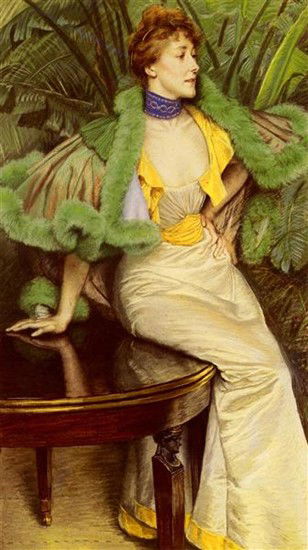Designed as an openwork plaque of plique-á-jour enamel foliage with diamond berries on a diamond lattice band. Typical of Art Nouveau is the contrast between the rigid geometricism of the band of lattice design and the central plaque, where the enamelled leaf motifs are coiled informally and are offset by a cascade of diamond-set berries, set at random to emphasise the décontracté nature of the design.
A delightful Art Nouveau collier de chien
A rare gold, plique-à-jour enamel and diamond collier de chien, René Lalique, circa 1900
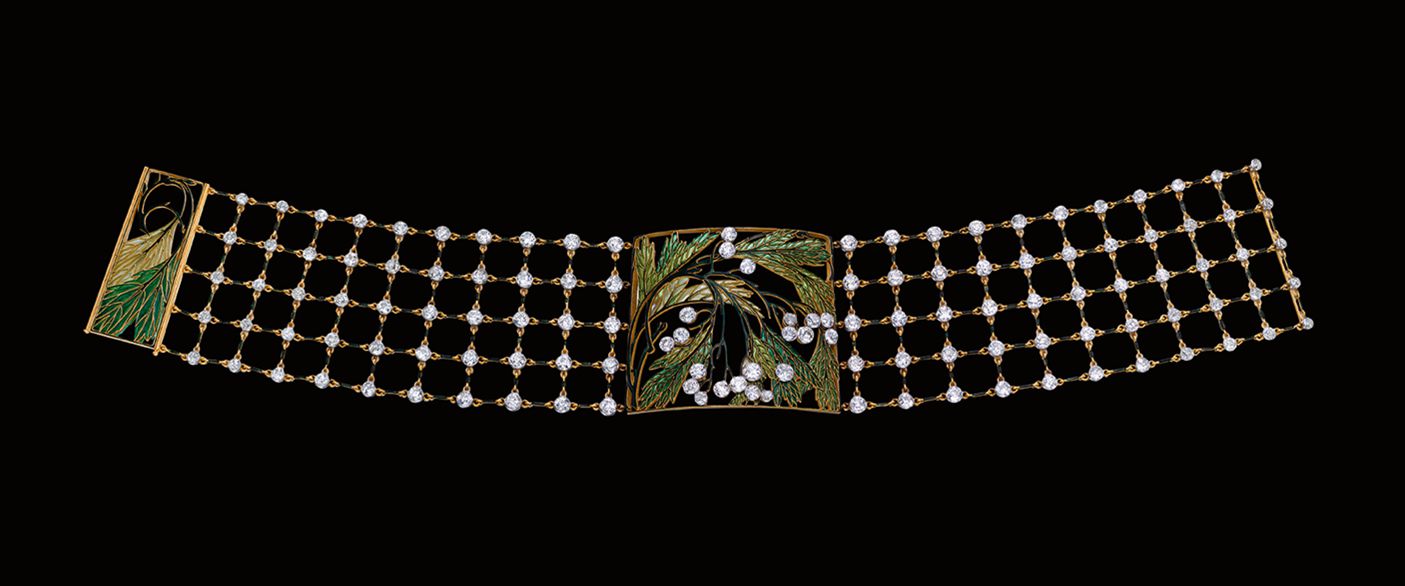
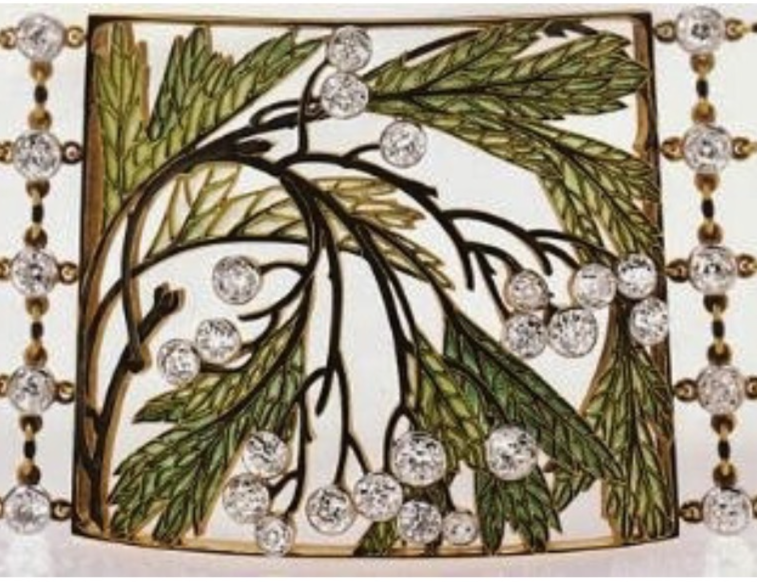
Also characteristic of Art Nouveau is the way Lalique has portrayed the plant at the end of its life, the foliage turning from green to yellow and the fruits ripe. This is an interesting interpretation by Lalique of the collier de chien so popular at the turn of the century throughout Europe (see images below)
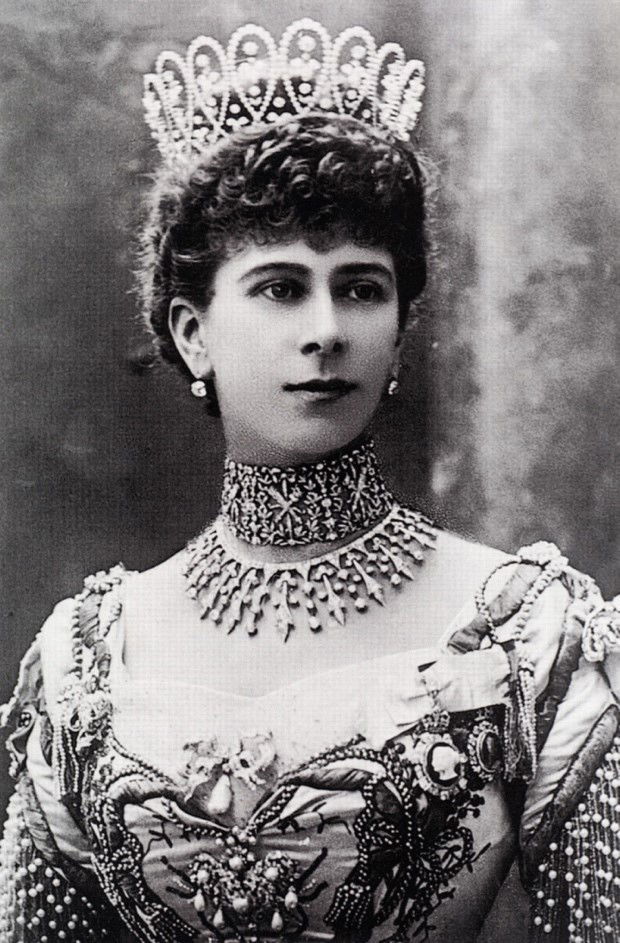
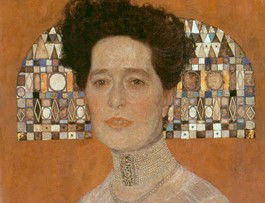
Image: Belvedere Palace and Museum, Vienna
Plique-á-jour enamel, a favoured technique of the 19th century, had been employed in jewellery from the 1870s following the pioneering work of the Parisian enameller Charles Riffault. It was particularly admired for its ability to create highly chromatic jewel-like surfaces rather than for its more characteristic light transmitting qualities – qualities which are only evident when used in ‘freestanding’ jewels such as diadems and hair ornaments.
